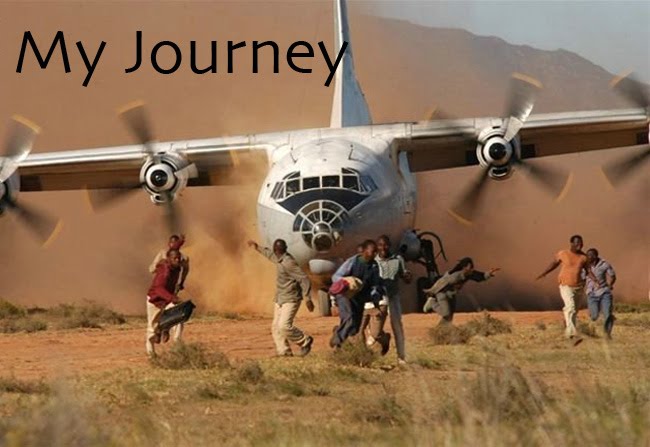The big drop.
I spent some time this Sunday morning, watching the "Mission to the Edge of Space" live on YouTube (8 million other people watched this live on YouTube). Felix Baumgartner undertook a stratospheric balloon flight from Roswell, New Mexico, to more than 128,000 feet - over 24 miles (balloon's float altitude) and made a record-breaking freefall jump to become the first man to break the speed of sound in freefall (at about 750 miles per hour).
First off, let me tell you that I was very envious of Baumgartner. I wish that I was there in the Red Bull Stratos capsule.
“Red Bull Stratos is an opportunity to gather information that could contribute to the development of life-saving measures for astronauts and pilots – and maybe for the space tourists of tomorrow,” Baumgartner said in a statement. “Proving that a human can break the speed of sound in the stratosphere and return to earth would be a step toward creating near-space bailout procedures that currently don’t exist.” (Wired)Skydivers are good to the last drop...
My highest jump was a training HAHO at about 27,000 ft. and I thought that I was "way up there". Baumgartner takes cool to a whole new level. Bravo Zulu, Felix.
There are a few things that can go wrong at altitude. Above the "Armstrong Line" at about 65,000 ft. your blood will boil at body temperature unless you're wearing a pressure suit, so any sort of accidental depressurization will result in catastrophic results. Naturally if your parachute doesn't open or if you run out of oxygen before you get into the denser portion of the atmosphere where you can breathe without a bailout bottle (internal oxygen for the suit), you'd run the risk of death. Baumgartner was in freefall for about 5 minutes, so he could technically hold his breath until he got low enough to breathe the atmosphere.
Baumgartner's suit's faceplate visor has 111 tiny wires in it that are supposed to heat it. There was some question as to whether or not the visor heating system was working properly. In the end, it fogged a bit on the way down, but it didn't stop the historic journey.
Joe Kittinger, who held the manned balloon flight (USAF) and jump record (102,000 ft - and a descent speed of about 630 mph), made in 1960, was the capsule communicator (CAPCOM) and worked closely with Felix Baumgartner both in preparation and in the execution of his historic flight.
I'm old enough that I will never make a space flight or even a near-space flight, but it's something I've wanted to do since I was a kid. Even if space tourism becomes possible in my lifetime, I'll be too old by then to participate. My father and grandfather worked for North American Aviation when the X-15 was flying in the edge of space. While a young boy, I met the great Scott Crossfield (X-15 test pilot) on one occasion. So I have had this sort of thing in my blood all of my life.








7 comments:
Like leaping from a tall building in a single bound.
Going faster than a speeding bullet (he broke the sound barrier)...
There's always the Vomit Comet.
I watched this on youtube last night, thanks to my son, and it freaked me right out. Things such as this don't do anything for me... maybe it would give me a heart attack if I ever tried something this crazy, but that's about it.
My first question was how much did this man make? My son said he wasn't sure, I told him I wanted to know what dollar value this man placed on his life.
All in the name of science, I suppose it's a good thing.
No doubt that it was amazing. However, the thought makes me slightly queasy. I hate that vertigo feeling :P
But Azra, you would be jumping from near space/near orbit into the atmosphere, through the atmosphere and landing safely on the planet having broken the sound barrier on your way down!
Darlin, I don't know how much he made, but I would do it for free - which lets you know how insane I am.
Opus, the spin of the vomit comet is something all together different.
LL insane or adventurous?
Post a Comment